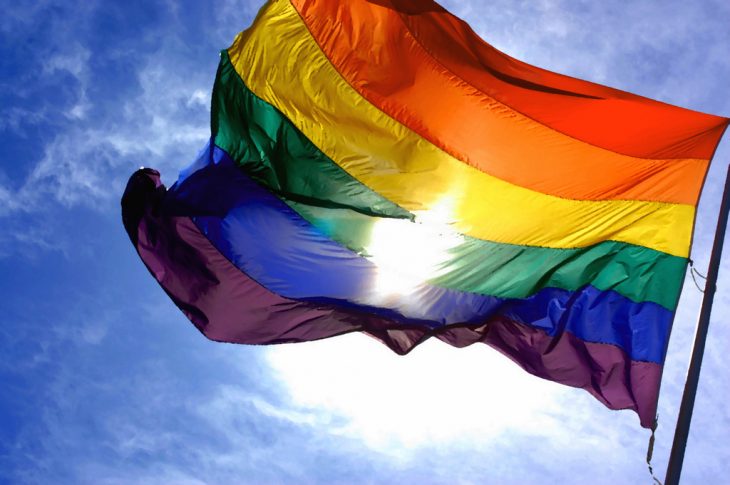
June is a significant month for the LGBTQ+ community. On this day almost 50 years ago, the first major protest on equal rights for homosexuals happened in Manhattan City in New York.
On June 28, 1969, just after three in the morning, a raid of a New York City gay club called the Stonewall Inn led to violence among the police, patrons, and local sympathizers. The raid was legally justifiable, as the club served liquor without a license (among other offenses). But by then the gay community in NY had already grown weary because the police department appeared to be targeting gay clubs.
Then, the unexpected happened. The crowd started hurling bottles at the police and soon, the protest spread like wildfire, spilling over into nearby streets. Until the deployment of the city’s riot police, order had not been restored.
The commotion went down in history as the Stonewall Riot, the event that turned the tides in the Gay Liberation Movement in the US.
Image from HowStuffWorks
Pinoy Pride, the LGBT Way
In the Philippines, gay rights movements did not start to solidify until the 1990s. It was only in 1994 that the first Metro Manila Pride March was held at the Quezon Memorial Circle in Quezon City. But while Metro Manila Pride March is relatively young compared with the Pride Marches around the world, ours was a pioneer in the Asian region.
Since the 1994 Pride March, the LGBTQ+ community has taken the fight to the streets of Malate, Rizal Park, and last year, Tomas Morato. Just like all the other Pride celebrations, last year’s #HereTogether March still reflects the desire for full equality and the dignity for gays, lesbians, and advocates.
With newfound liberty to strongly advocate equal rights, the more recent celebrations served as what one of the event’s organizers Loreen Ordoño calls a “platform where they can manifest legitimate concerns.”
True enough, in September 2017, a few months after Pride March, the House of Representatives approved the House Bill No. 4982 or the Sexual Orientation and Gender Identity and Expression Equality (SOGIE) bill.
It is a huge step toward protecting members of the LGBTQ+ community against discrimination, but this is not where we stop. While the House of Representatives OKs SOGIE with a vote of 198-0, the bill continues to languish before the Senate.
In her keynote speech last year, Senator Risa Hontiveros, a staunch supporter of women and LGBTQ+ rights declared, “We march for those who can’t. Dear friends, love is the currency of our struggle!” Indeed, until individual and institutional bodies recognize that the LGBTQ+ community should have access to the same rights enjoyed by heterosexual individuals, as stipulated in the law, we continue to march, especially for those who can’t.
Image from Facebook
The Pride March has gone a long way since the 1994 Pride March. Today’s Pride Month celebrations reflect newfound freedom to strongly fight for equal rights. The freedom to, ultimately, love whoever we choose to without being crucified.
As usual, the 2018 Pride high happens throughout June, with Metro Manila Pride organizing several events including #AllFamiliesDay and #PrideSpeaks. This year’s Pride March theme is “Rise Up Together,” a campaign that calls for a more solid unity among advocates, to contribute to a more meaningful, long-term change.
Last Saturday, the government of Marikina City invited Metro Manila Pride to join them as they turned the Marikina Sports Center into a rainbow! Ilang araw na lang, mga Mahal… excited na ba kayo? Damang-dama na ang lab lab as we #RiseUpTogether on June 30! pic.twitter.com/K4TUyloPrb
— ?Metro Manila Pride (@mmprideorg) June 25, 2018
On June 30th, the Pride March & Festival happening at Marikina Sports Center will close the Pride month celebration. Bring your gay friends, straight allies, your family, and your lover. This year’s Pride March will serve as space where we can talk about issues that impact the community, and of course, express ourselves without reservations.
